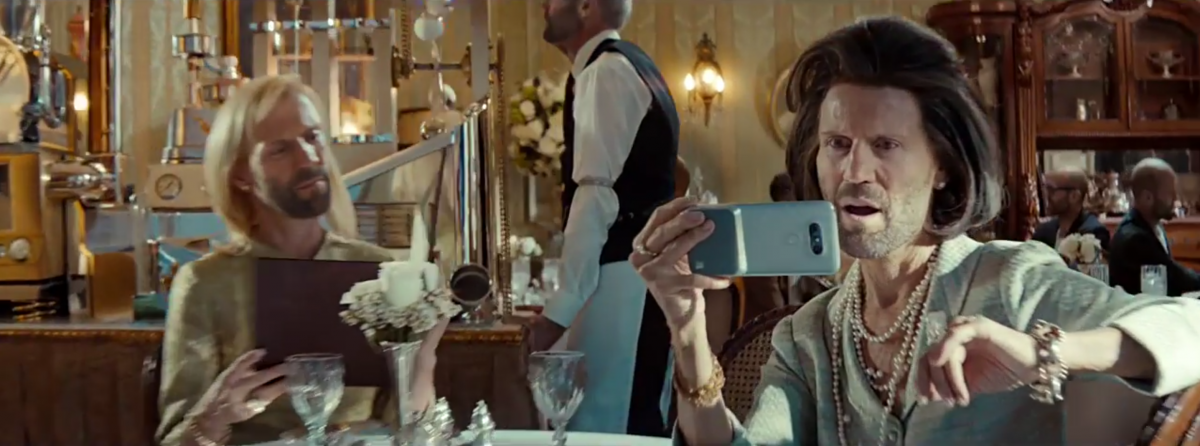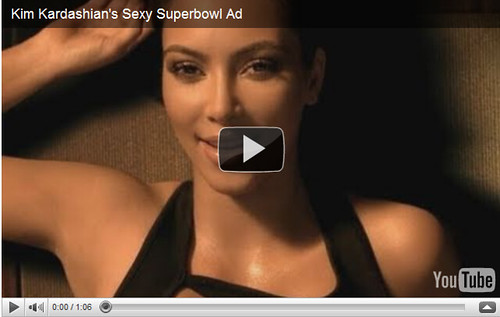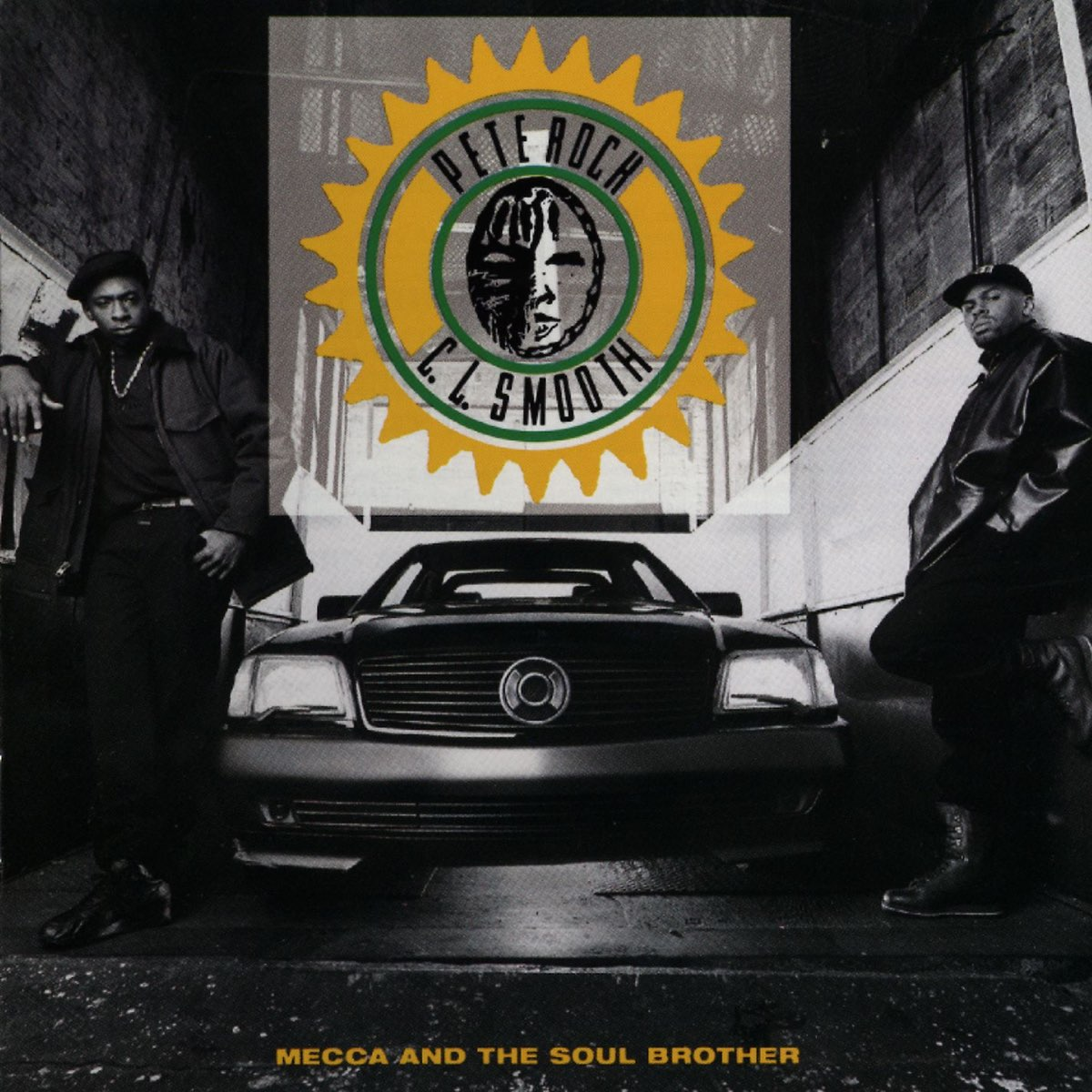In an unexpected twist for the big game, T-Mobile’s Super Bowl ad has taken center stage, featuring none other than the music icon Aubrey Drake Graham. This clever commercial plays on the theme that while other wireless carriers may attempt to spoil the joy and dance from Graham’s hit “Hotline Bling,” T-Mobile stands apart with its unbeatable service. With a playful nod to how competitors often disrupt the experience, the ad aims to resonate with audiences by mixing humor with a critique of the industry. As we dive deeper into the T-Mobile ad review, it’s clear that this Super Bowl commercial is designed not just to entertain, but also to highlight T-Mobile’s commitment to customer satisfaction. Join us as we explore the layers behind this unique advertisement and its portrayal of today’s wireless landscape.
The latest advertisement from T-Mobile, showcased during the Super Bowl, has captured attention with its star-studded appearance by famed artist Aubrey Drake Graham. This promotional spot not only seeks to outshine competing telecom companies but also offers a satirical glimpse at the flaws of traditional wireless providers. By humorously suggesting that other carriers detract from the excitement of services like their standout offering—exemplified through the vibrant vibes of Graham’s “Hotline Bling”—T-Mobile aims to solidify its brand identity. As we dissect the nuances of this exhilarating commercial, it’s essential to consider its impact on the audience and the wireless market as a whole. Ultimately, this entertaining spectacle positions T-Mobile as a forward-thinking contender among the telecommunications giants.
T-Mobile Super Bowl Ad Featuring Drake
The T-Mobile Super Bowl ad featuring the renowned artist Aubrey Drake Graham has sparked considerable chatter among viewers. The commercial aims to highlight T-Mobile’s unique position in the competitive wireless carrier market by playfully suggesting that other carriers would dull the excitement of iconic moments, much like they did with the beloved dance moves from Drake’s ‘Hotline Bling.’ This approach cleverly aligns T-Mobile with a highly recognizable pop culture reference while subtly casting doubt on rival brands.
However, while the premise is undoubtedly catchy, many critics are left with mixed feelings regarding the effectiveness of this Super Bowl commercial. Though incorporating a music star like Drake can initially draw attention, the execution appears to fall flat for some audiences. By portraying competing wireless carriers as overly serious, T-Mobile’s lighthearted message might not hit home with all viewers, leaving fans divided over the ad’s true impact.
As T-Mobile navigates the competitive landscape, drawing humor from their competitors’ shortcomings could be a double-edged sword. Their aim to present themselves as the fun and innovative wireless carrier comes with a risk that resonates poorly if the audience fails to connect with the implied message. Clearly, T-Mobile homes in on the cultural relevance of figures like Drake, yet the ad’s reception demonstrates that even star-studded campaigns can miss the mark when it comes to connecting with consumers.
Analysis of the T-Mobile Ad Review
The T-Mobile ad review reveals important insights into how commercials are crafted for high-stakes events like the Super Bowl. Market analysis indicates that leveraging celebrity endorsements often brings a competitive edge. In this instance, T-Mobile has undoubtedly aimed to capitalize on Drake’s vast influence and recognizable persona to create a memorable impression. However, feedback from viewers indicates that not all audiences are entirely pleased with the delivery of this commercial, questioning whether the intended humor resonated or fell flat.
To assess the efficacy of the ad, one must consider the broader context of Super Bowl commercials as a whole. The stakes are high for brands during this cultural event, where creativity and engagement are paramount. In T-Mobile’s case, the choice to feature Drake alongside a quirky narrative pertinent to their brand identity showcases their strategies to differentiate themselves in a crowded field. Yet, detractors of the ad argue that while the concept appears amusing, it may lack the necessary emotional connection to hold viewer interest and convert potential customers.
The Role of Humor in T-Mobile’s Super Bowl Strategy
Humor is a powerful tool in advertising, especially during significant events like the Super Bowl. T-Mobile’s strategy, as evidenced by their ad featuring Drake, leans heavily into this approach. The suggestion that other wireless carriers would ruin the fun mirrors a playful jab designed to resonate with consumers looking for a brand that embodies fun and innovation. However, humorous elements can sometimes overshadow the core message, leaving viewers questioning the ad’s overall intent.
The balance of humor and brand messaging is critical to the success of Super Bowl commercials. For T-Mobile, utilizing Drake is an attempt to harness the audience’s familiarity with cultural references like ‘Hotline Bling,’ yet reviews suggest that viewers might not fully align with the messaging. In essence, T-Mobile needs to ensure they keep both humor and effective communication intact to achieve goals of brand loyalty and customer acquisition post-Super Bowl.
Exploring Celebrity Influence in Ad Campaigns
The integration of celebrity influence, notably with figureheads like Aubrey Drake Graham, plays a significant role in shaping viewer perceptions of brands. Celebrities serve as powerful hooks that capture attention and encourage engagement with advertisements. T-Mobile’s strategy of featuring Drake in their Super Bowl ad showcases an understanding of this dynamic. By linking the brand to Drake’s vibrant personality, T-Mobile ideally positions itself as a forward-thinking choice among wireless carriers.
However, as is the case with many celebrity endorsements, effectiveness hinges on how well the celebrity aligns with the brand’s message and values. While Drake might attract attention, the risk lies in the potential for mismatch; if audiences don’t feel the connection or find the humor appealing, a lackluster response can undermine the campaign’s intentions. Thus, when weaving celebrity influence into advertising narratives, brands must tread carefully to ensure alignment with their target audience’s expectations.
The Impact of Super Bowl Commercials on Consumer Behavior
Super Bowl commercials have a unique cultural significance that extends beyond mere advertising. The viewership of these ads often creates immediate discussions, influencing consumer behavior long after the game ends. T-Mobile’s ad featuring Drake attempts to leverage this phenomenon by creating a memorable and shareable moment. However, the true impact on consumer decision-making remains contingent on how well the ad resonates with the audience.
Critical factors play into shaping consumer perceptions during and after the Super Bowl. While humor and celebrity influence may captivate attention, the ad’s overall messaging must translate to consistent brand values and quality service. The discourse surrounding T-Mobile’s choice to juxtapose their identity against other wireless carriers demonstrates the complexities of consumer behavior; a catchy ad isn’t always enough to secure loyalty if viewers feel disconnected from the core message.
Comparative Analysis of Wireless Carrier Advertising
In the realm of wireless carrier advertising, comparison is inevitable. T-Mobile’s Super Bowl ad positions itself against competitors by inviting viewers to consider who can truly provide enjoyment and excitement in their offerings. While the ad featuring Drake playfully critiques other carriers, it also acknowledges the need to stand out among industry giants. Advertisements during the Super Bowl often serve as not just flash but as indicators of a brand’s voice and personality within an oversaturated market.
Analyzing various wireless carrier commercials from the Super Bowl can elucidate potential strategies that resonate with consumers. T-Mobile’s approach leans heavily into cultural references and humorous takes, contrasting with more straightforward messages often employed by other carriers. While this tactic can differentiate T-Mobile from the pack, it becomes essential to determine if the humor appeals to the broad audience or just a niche demographic.
Cultural Significance of ‘Hotline Bling’ in Advertising
The cultural phenomenon characterized by Drake’s ‘Hotline Bling’ has transcended music to become a shorthand for relatable feelings and experiences. T-Mobile’s decision to incorporate this element in their Super Bowl ad reveals the significance of tapping into powerful cultural touchstones in marketing. The ad aims to evoke feelings of nostalgia and connection while reinforcing the fun, carefree brand identity that T-Mobile markets.
Yet, cultural references also come with the responsibility of ensuring that the intended humor lands effectively. If viewers feel disconnected or find the references outdated, the ad’s appeal could diminish significantly. Thus, while T-Mobile’s use of ‘Hotline Bling’ serves as a clever ploy to connect with audiences, achieving successful execution remains paramount for long-lasting impact in a highly competitive commercial landscape.
Audience Reception and Critique of T-Mobile’s Strategy
Audience reception plays a critical role in assessing the overall effectiveness of advertising campaigns, particularly during moments as grand as the Super Bowl. The reception towards T-Mobile’s ad featuring Aubrey Drake Graham reveals a clash of reactions, ranging from appreciation for the humor to critique of its execution. Consumer feedback suggests a split where some found the comedic spin engaging, while others perceived it as lacking depth.
As brands strive to push the envelope with daring strategies, evaluating audience critique becomes essential. T-Mobile’s playful portrayal of competing wireless carriers serves to establish their identity as a leader in customer service and innovation. Still, as feedback indicates, perfectly meshing that identity with humor and relatable alternative narratives is an ongoing challenge in the landscape of high-stakes advertising.
The Future of Wireless Carrier Advertising
Looking forward, the future of wireless carrier advertising will likely require an even deeper understanding of consumer sentiment and cultural trends. The mixed reception of the T-Mobile Super Bowl ad highlights the importance of using humor and celebrity endorsements judiciously to forge authentic connections with audiences. Further, as consumers become increasingly discerning, brands must evolve their strategies to retain consumer trust and loyalty.
With the rapid pace of technology changes and shifting cultural landscapes, advertisements must not only entertain but also inform potential customers of genuine value. T-Mobile’s ad featuring Drake serves as an interesting case study in this regard, reminding other brands that a mixture of humor, cultural relevance, and thoughtful messaging will be vital for capturing audience hearts and minds as they seek to navigate the turbulent waters of advertising.
Frequently Asked Questions
What is the theme of the T-Mobile Super Bowl ad featuring Aubrey Drake Graham?
The T-Mobile Super Bowl ad featuring Aubrey Drake Graham plays on the idea that other wireless carriers ruin the fun and charm associated with his hit song, ‘Hotline Bling’. The ad humorously suggests that these competitors can’t match T-Mobile’s appeal.
How does the T-Mobile Super Bowl ad criticize other wireless carriers?
In the T-Mobile Super Bowl ad, the narrator implies that other wireless carriers spoil the joy and excitement of memorable moments, particularly referencing the popular song ‘Hotline Bling’. This serves to position T-Mobile as a more enjoyable choice in a crowded market.
Why is Aubrey Drake Graham featured in the T-Mobile Super Bowl commercial?
Aubrey Drake Graham, known as Drake, is featured in the T-Mobile Super Bowl commercial due to his cultural relevance and popularity. His association with the catchy tune ‘Hotline Bling’ aligns with T-Mobile’s message that emphasizes fun and connectivity, setting the company apart from other wireless carriers.
What was the reception of the T-Mobile ad review during the Super Bowl?
The T-Mobile ad review during the Super Bowl received mixed reactions, with some viewers appreciating the humorous approach to showcasing how other wireless carriers can spoil the excitement of connecting with loved ones, while others found the execution less compelling.
How does the T-Mobile Super Bowl ad align with its marketing strategy?
The T-Mobile Super Bowl ad aligns with its marketing strategy by leveraging popular culture, particularly through the involvement of Aubrey Drake Graham and the reference to his hit song ‘Hotline Bling’. This strategy aims to engage viewers and differentiate T-Mobile from other wireless carriers by promoting a fun and carefree image.
What are the key messages in the T-Mobile Super Bowl ad featuring Drake?
The key messages in the T-Mobile Super Bowl ad featuring Drake include the idea that T-Mobile enhances the joy of wireless connectivity while criticizing other wireless carriers for ruining the experience. The ad cleverly ties in the catchy elements of ‘Hotline Bling’ to create a memorable slogan.
| Key Points |
|---|
| Features Aubrey Drake Graham |
| Implied criticism of other wireless carriers |
| Dancing charm of ‘Hotline Bling’ in focus |
| Not highly rated as a commercial |
| Returns of character ‘grumpy Kellen’ |
Summary
The T-Mobile Super Bowl ad, featuring Aubrey Drake Graham, has generated mixed reactions due to its implication that rival carriers tend to spoil the charm associated with popular music hits like ‘Hotline Bling.’ Despite aiming for humor and connection, reviewers suggest that it falls short as a compelling commercial. The ad also marks the return of the character ‘grumpy Kellen,’ adding a nostalgic element for viewers. Overall, while the T-Mobile Super Bowl ad attempts to entertain, it may not have hit the mark for many audiences.



